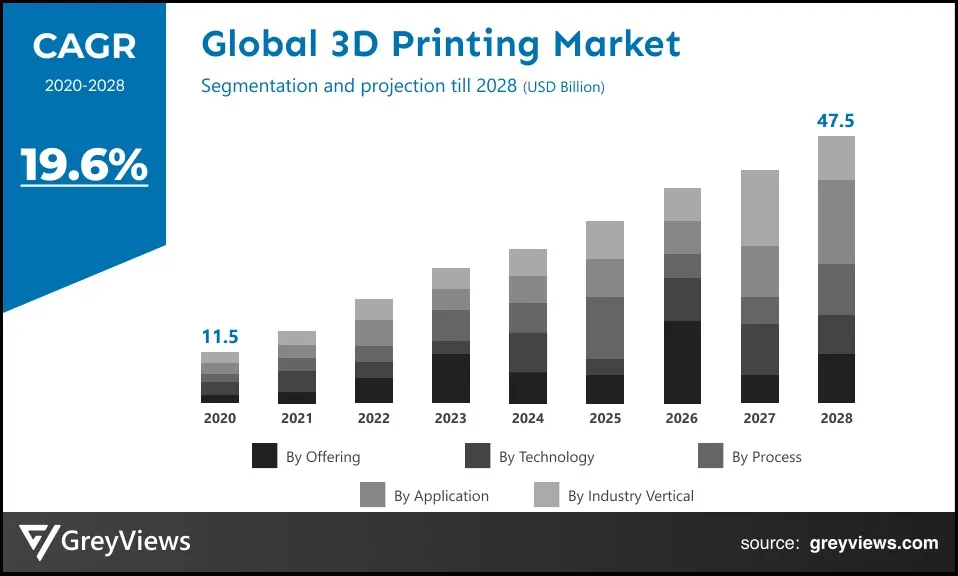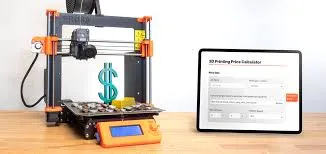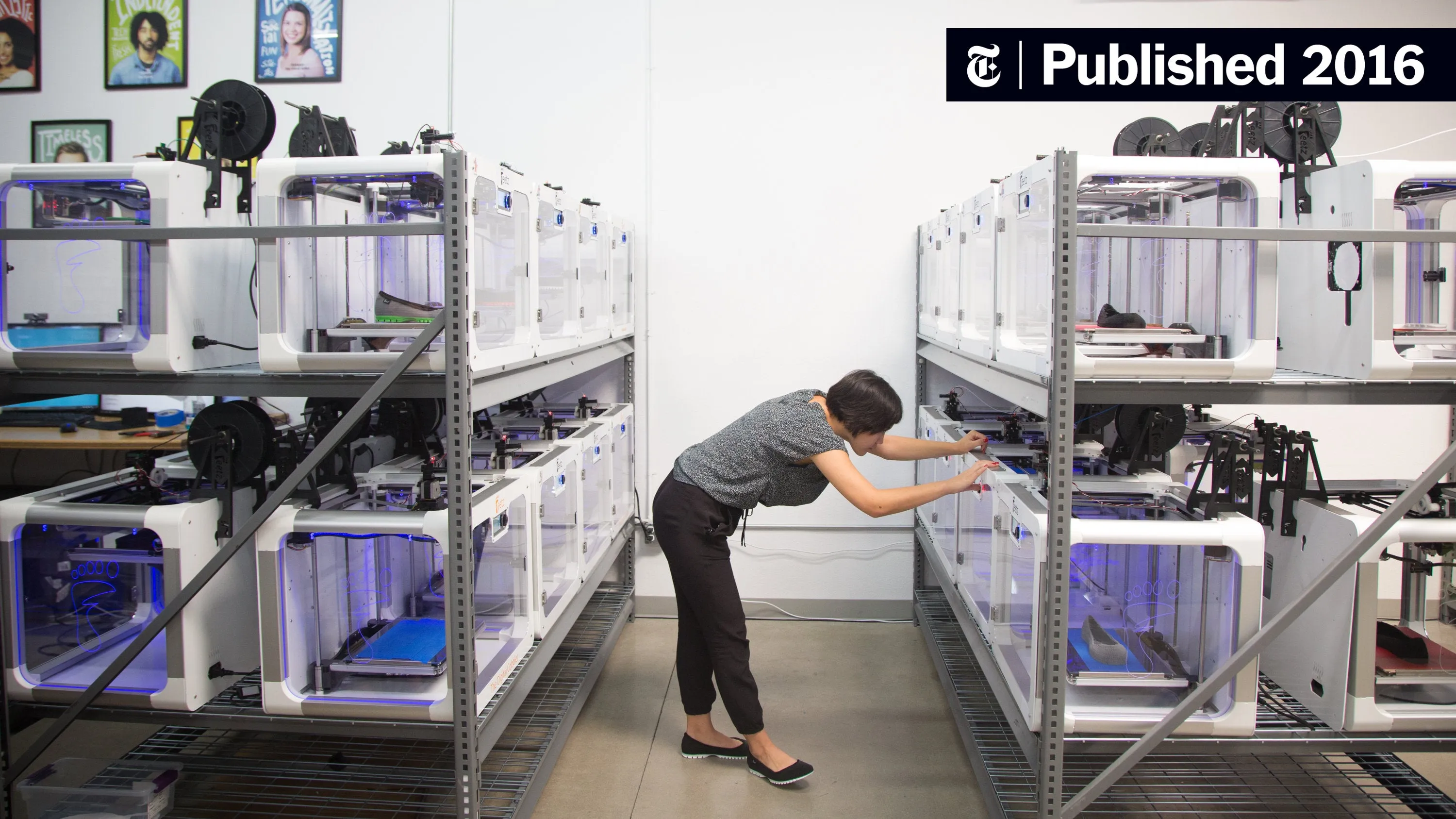
Can You Actually Make Money with a 3D Printer? A Comprehensive Guide
The question of whether you can turn a 3D printer from a fascinating hobby into a legitimate source of income is more relevant than ever. With the technology becoming increasingly accessible and affordable, many entrepreneurs and creatives are exploring its profit potential. The short answer is a resounding yes—you can absolutely make money with a 3D printer. However, success requires more than just owning the machine; it demands strategy, market awareness, and business acumen.
Understanding the 3D Printing Business Landscape
Before diving into specific money-making methods, it's crucial to understand the current market. The 3D printing industry has evolved from prototyping to full-scale production across various sectors. According to market research, the global 3D printing market size is projected to reach significant growth, indicating ample opportunities for small businesses and individual entrepreneurs.

The key to profitability lies in identifying underserved niches and leveraging the unique advantages of 3D printing, such as customization, rapid prototyping, and low-volume manufacturing capabilities that traditional methods can't match economically.
Proven Ways to Generate Income with Your 3D Printer
1. Selling Custom 3D Printed Products
One of the most direct ways to monetize your 3D printer is by creating and selling physical products. This approach allows you to tap into various markets and customer needs:
- Customized Gadgets and Accessories: Phone cases, laptop stands, and custom desk organizers
- Home Decor: Customized vases, lampshades, and decorative items
- Fashion and Jewelry: Unique jewelry pieces, custom-fit accessories
- Toys and Collectibles: Action figures, board game pieces, and limited edition collectibles

2. Offering 3D Printing Services
Many individuals and businesses need 3D printing services but don't want to invest in their own equipment. You can position yourself as a service provider for:
- Prototyping services for inventors and engineers
- Architectural models for real estate and construction
- Educational models for schools and universities
- Replacement parts for household items and machinery
3. Creating and Selling 3D Models
If you have 3D modeling skills, you can create digital designs and sell them online. This approach has several advantages:
- No physical inventory requirements
- Scalable business model
- Passive income potential
- Global customer reach
Popular platforms for selling 3D models include:
| Platform | Focus Area | Commission Structure |
|---|---|---|
| Thingiverse | General 3D Models | Free/Donation Based |
| Cults3D | Various Categories | 90% to Creator |
| MyMiniFactory | High-Quality Models | 80-90% to Creator |
| CGTrader | Professional Models | 80-95% to Creator |
Cost Analysis and Profitability
Understanding your costs is crucial for determining pricing and profitability. The main cost components include:
| Cost Category | Description | Estimated Range |
|---|---|---|
| Equipment | 3D Printer and accessories | $200 - $5,000+ |
| Materials | Filament, resin, etc. | $20 - $80 per kg |
| Electricity | Power consumption during printing | $0.10 - $0.50 per hour |
| Maintenance | Replacement parts and repairs | $50 - $200 annually |
| Time | Design, preparation, and post-processing | Variable |

Marketing Your 3D Printing Business
Building Your Online Presence
Effective marketing is essential for attracting customers. Consider these strategies:
- Create a professional website showcasing your portfolio
- Utilize social media platforms like Instagram and Pinterest
- Join 3D printing communities and forums
- Offer limited-time promotions to attract first customers
Pricing Strategies
Developing the right pricing strategy is critical for profitability. Common approaches include:
- Cost-Plus Pricing: Material cost + machine time + markup
- Value-Based Pricing: Based on the perceived value to the customer
- Market-Based Pricing: Aligned with competitor pricing
Success Stories and Real-World Examples
Numerous entrepreneurs have successfully built businesses around 3D printing. For instance, some have created specialized e-commerce stores focusing on specific niches like custom drone parts, while others have established successful service bureaus catering to local businesses. The common thread among these success stories is identifying a specific market need and delivering high-quality solutions.

Challenges and How to Overcome Them
While the potential for profit exists, several challenges must be addressed:
- Technical Issues: Printer failures and quality inconsistencies can impact business
- Market Competition: Standing out in a crowded market requires differentiation
- Intellectual Property: Ensuring you have rights to print and sell designs
- Scalability: Managing growth while maintaining quality
Future Opportunities in 3D Printing
The 3D printing industry continues to evolve, opening new opportunities for entrepreneurs. Emerging trends include:
- Biodegradable and sustainable materials
- Integration with AI for optimized designs
- Expansion into medical and dental applications
- Growth in metal 3D printing for industrial applications
Conclusion: Is 3D Printing Right for Your Business?
Making money with a 3D printer is not only possible but can be highly profitable with the right approach. Success requires combining technical skills with business strategy, market research, and consistent quality. Whether you choose to sell products, offer services, or create digital designs, the key is to start small, learn continuously, and adapt to market demands. With dedication and strategic planning, your 3D printer can become more than a hobby—it can become a viable business venture.

